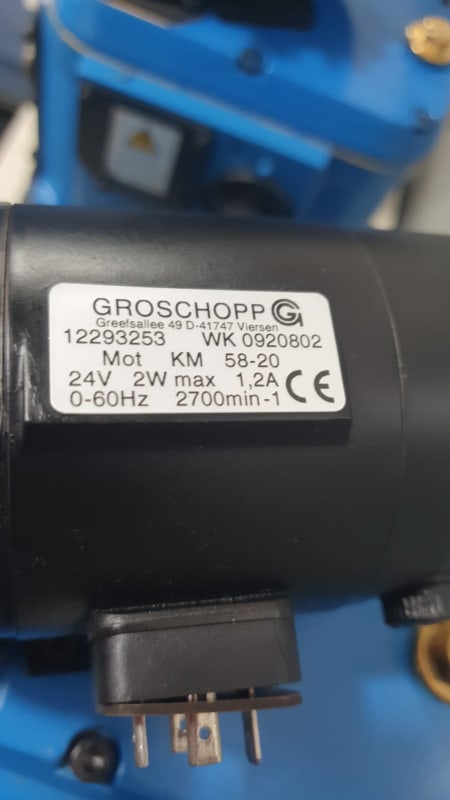Hi All,
New in the forum.
Apologies in advance for my lack of knowledge in matter, some things will be easy to understand for me, others, not.
I would like to learn and understand about motors, especially because work-related.
I have a small motor. The label says (and feel free to correct me):
- 24 V
- 1.2 A
- 2 W Max
- 0 to 60 Hz
- The motor has no permanent magnets but electromagnets as stator.
Other values are not relevant to me.
My questions are:
1. Why I cannot make sense of the 2 W? What I mean is: 24 V x 1.2 A should give me 28.8 W. Why the label states 2 W?
2. Why the labels states 1.2 A? When I run the motor at 24 V DC, I can barely measure 0.55 A.
3. When I measure the motor internal resistance, I read 12 Ohms on my multimeter. But when I run the motor at 24 V DC, I measure about 0.55 A. If I apply Ohm's Law, the resistance should be 24 / 0.55 = 43.64 Ohms. But the measured value directly with multimeter gives me only 12 Ohms.
In all furnace, I feel like I'm failing to understand the equations
V = I x R
and
P = V x I (or P = V2 / R )
None of the formulas I apply seem to make sense.
What am I doing wrong?
Thank you guys,
Marco

New in the forum.
Apologies in advance for my lack of knowledge in matter, some things will be easy to understand for me, others, not.
I would like to learn and understand about motors, especially because work-related.
I have a small motor. The label says (and feel free to correct me):
- 24 V
- 1.2 A
- 2 W Max
- 0 to 60 Hz
- The motor has no permanent magnets but electromagnets as stator.
Other values are not relevant to me.
My questions are:
1. Why I cannot make sense of the 2 W? What I mean is: 24 V x 1.2 A should give me 28.8 W. Why the label states 2 W?
2. Why the labels states 1.2 A? When I run the motor at 24 V DC, I can barely measure 0.55 A.
3. When I measure the motor internal resistance, I read 12 Ohms on my multimeter. But when I run the motor at 24 V DC, I measure about 0.55 A. If I apply Ohm's Law, the resistance should be 24 / 0.55 = 43.64 Ohms. But the measured value directly with multimeter gives me only 12 Ohms.
In all furnace, I feel like I'm failing to understand the equations
V = I x R
and
P = V x I (or P = V2 / R )
None of the formulas I apply seem to make sense.
What am I doing wrong?
Thank you guys,
Marco

